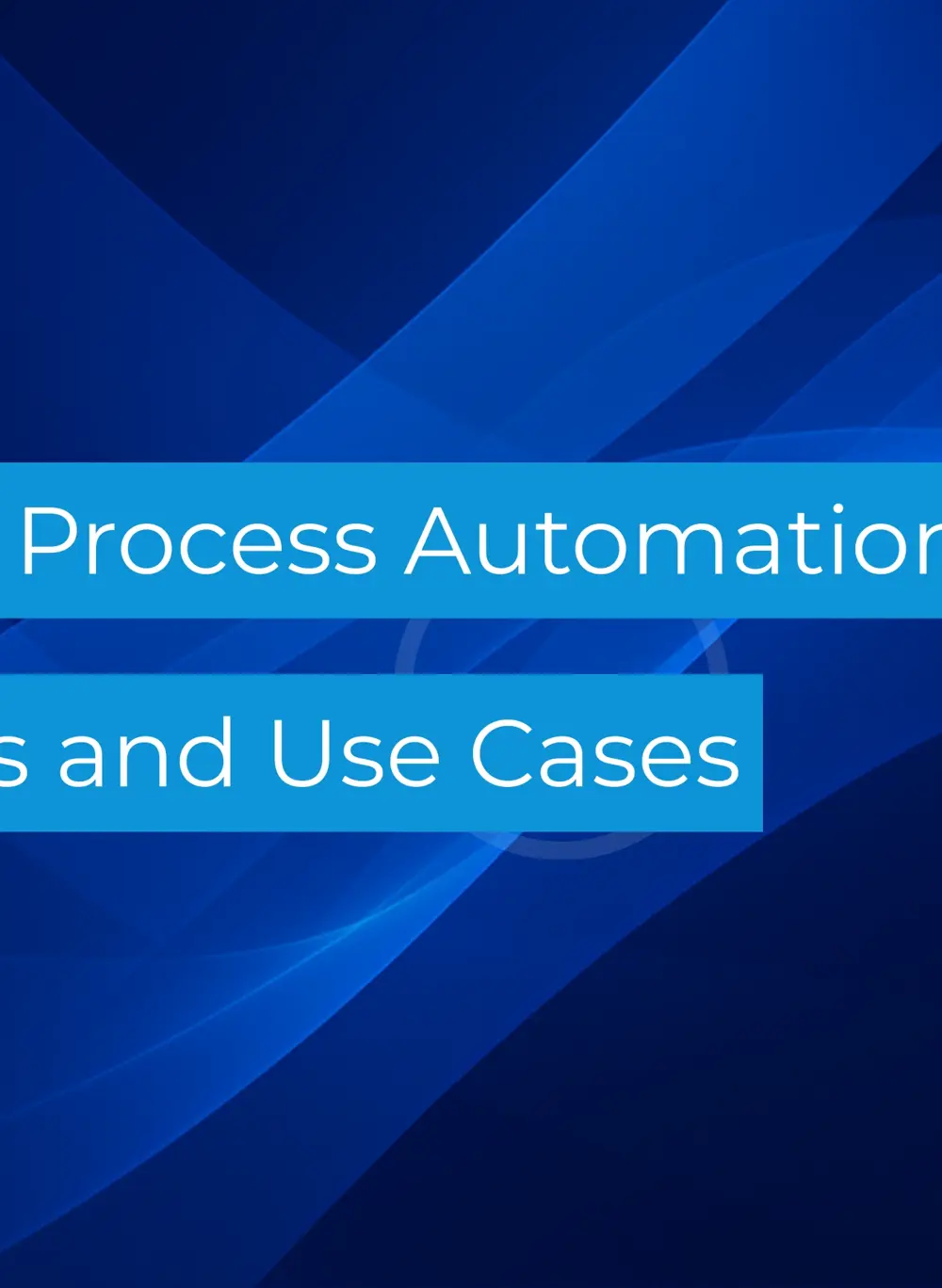Automation has become one of the most effective ways for businesses to boost productivity and reduce operational costs. From small firms looking to streamline admin work to large organisations aiming to enhance accuracy and speed, automation offers a wide range of benefits. However, one common challenge remains: how do you know which business processes are suitable for automation?
Not every task can or should be automated. The key is to identify processes that are repetitive, time-consuming, and rule-based, where technology can deliver measurable improvements. In this guide, we’ll explore how to spot these opportunities and set your business up for successful automation.
1. Look for Repetitive, Rule-Based Tasks
The best candidates for automation are those that follow a clear and consistent set of steps. These processes require little to no decision-making and rely on standardised information. Examples include:
- Data entry and data transfer between systems or spreadsheets.
- Invoice generation and reconciliation in finance departments.
- Payroll and timesheet processing within HR teams.
- Email responses to standard customer queries or order confirmations.
By automating these types of activities, you can significantly reduce manual workload and free up employees to focus on tasks that need creativity, problem-solving, or customer interaction.
A good rule of thumb is this: if a process is the same every time, it’s probably suitable for automation.
2. Identify High-Volume, High-Frequency Activities
The more frequently a task occurs, the greater the benefit of automating it. Repetitive, high-volume tasks often represent hidden costs in terms of time and wages, such as:
- An e-commerce retailer might process hundreds of online orders a day. Automating order confirmations, shipping notifications, and stock updates can cut hours of manual work.
- A local authority or public sector organisation handling large numbers of resident queries could use chatbots or automated ticket systems to manage requests efficiently.
When assessing potential automation projects, calculate the total time your staff spend on a process each week or month. A task that takes 15 minutes but happens hundreds of times a week could be consuming several days of labour overall.
3. Focus on Error-Prone Processes
Tasks involving manual data handling are often vulnerable to mistakes, especially when staff are under pressure or switching between multiple systems. Automation can help ensure accuracy, consistency, and compliance.
For example:
- Automating invoice matching between purchase orders and supplier invoices can prevent duplicate or incorrect payments.
- Using automated data validation tools in finance or HR systems ensures that key details like National Insurance numbers, postcodes, or account details are correct before submission.
Fewer errors not only reduce time spent on rework but also improve relationships with customers, suppliers, and regulators.
4. Consider Compliance and Audit Requirements
Businesses operating in regulated sectors such as financial services, healthcare, and legal must maintain detailed records and adhere to strict compliance rules. Automation can help ensure every step of a process is recorded accurately and performed consistently.
For example:
- Automated document management systems can track who accessed a file, when it was modified, and what changes were made.
- Workflow automation tools can enforce approval steps, ensuring that key documents or decisions are signed off by the right people before they move forward.
This not only reduces the risk of human oversight but also simplifies audits and inspections, which can be particularly valuable for UK firms subject to FCA or GDPR requirements.
5. Assess the Potential for Integration
Modern businesses often rely on a mix of digital systems that don’t always work seamlessly together. If your staff spend time copying and pasting data between different applications, automation can help by connecting these systems.
For instance, an accounting platform such as Xero or QuickBooks can integrate with your CRM system to automatically update customer billing details. Or, using tools like Microsoft Power Automate or Zapier, you can connect project management software with communication tools to trigger notifications when tasks are completed.
When systems work together automatically, you reduce delays, improve data accuracy, and ensure that information flows smoothly across the organisation.
6. Involve Your Teams in the Process
Your employees are the ones who use these processes every day. They know where the bottlenecks, inefficiencies, and frustrations lie. Involving them early in your automation strategy not only helps identify the best opportunities but also encourages a sense of ownership and reduces resistance to change.
Consider running workshops or short surveys asking questions such as:
- Which tasks take up the most time each week?
- Which parts of your job feel repetitive or unnecessary?
- Are there any steps that could be simplified if data were automatically shared between systems?
This kind of input can reveal automation opportunities that might not be visible from a management perspective.
7. Start Small, Measure, and Scale
Automation is most successful when introduced gradually. Begin with a single, clearly defined process that meets several of the criteria above. For example, you might start by automating purchase order approvals or onboarding new customers.
Once implemented, measure key outcomes such as:
- Time saved per transaction or task.
- Reduction in errors or delays.
- Employee satisfaction and workload balance.
If the results are positive, you can extend automation to other areas with confidence. This measured approach also helps you identify any technical or training issues early on, ensuring smoother scaling across departments.
Final Thoughts
Identifying business processes for automation is about working smarter, not replacing people. The right automation strategy enables staff to focus on innovation, customer relationships, and strategic goals rather than routine admin.
By targeting repetitive, high-volume, error-prone, and compliance-heavy processes first, UK businesses can create measurable efficiencies and build a foundation for long-term growth.
Start small, learn from each project, and gradually expand. Automation is not a one-off investment but a continuous journey that, when done right, transforms how your organisation works.
Ready to streamline your operations with automation? Join our free AI & Automation Consultancy Workshop to uncover where automation can have the biggest impact on your business. Learn more here.




